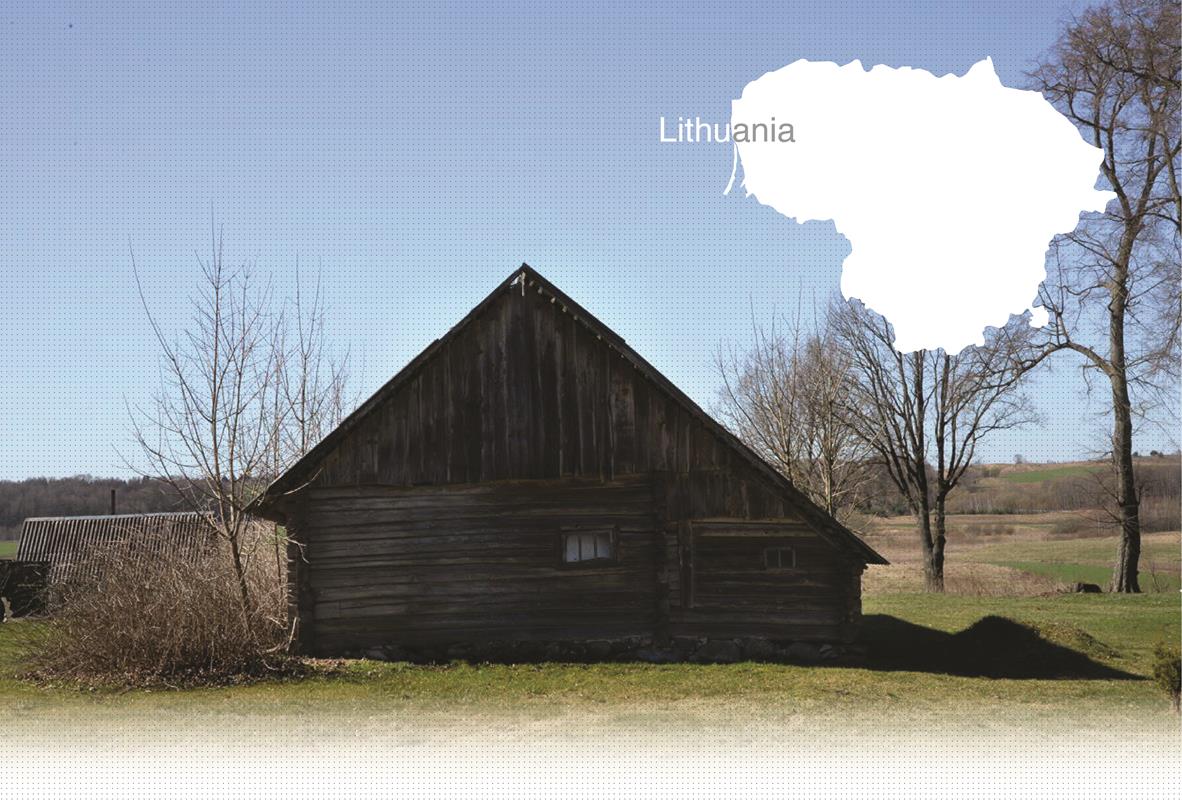

1 Killing site(s)
Genovaitė B., born in 1934: "My house was the closest to the site of the shooting. In the middle of the night, I heard the Jewish women and children screaming terribly for hours. That’s how I knew they were being shot. My mother was very affected by this and couldn’t eat for days. The shooting site was less than a kilometer from the Trepkalniai manor. The pits had been dug especially for this mass execution. When my father went to rescue some horses that were near the site, he saw that the shooters hit a woman with the handle of their guns and took small children by the legs to throw them against the trees until they lost consciousness. The next morning, with my family, we went to see the place and found one of the shooters, Vitkus, guarding it. He had dirt on his knees and was quite drunk. The pit was already filled in and there was still a lot of blood on the ground and trees." (Witness n°364LT, interviewed in Vištiškiai on September 25, 2018)
Trepkalniai is a hamlet in the northern suburbs of the town of Veiviržėnai, located 28 km (17 miles) southeast of Klaipėda, Lithuania. Before the war, a small Jewish community lived in Veiviržėnai. Its members had a brick synagogue and a cemetery. Jewish children had their own school. The adults were mainly merchants and craftsmen, and they owned a few stores in the town center. In the summer of 1940, under the terms of the German-Soviet pact, this Lithuanian territory was annexed by the USSR and several important local Lithuanian figures were arrested and deported.
On June 22, 1941, the German armies and their allies began their invasion of the USSR, marking the beginning of Operation Barbarossa. Within the first few days of the attack, Veiviržėnai was captured.
In early July 1941, the Jewish men were transferred to a labor camp in another area, where they were executed. Meanwhile, the women, children and elderly members of the local Jewish community were rounded up in the Trepkalniai mansion, located in the northern suburbs of Veiviržėnai. There, they were forced to perform forced agricultural labor and wear a visible yellow star on their clothing. As the weeks passed, they became increasingly hungry and the condition of their clothing began to deteriorate. The perimeter of the manor was constantly guarded by Lithuanian collaborationist police.
In September 1941, SS-Oberscharführer Franz Behrendt ordered the preparation of the mass execution of the Jews of the Trepkalniai mansion. When the local priest found out about this, he tried to save the Jews by having them baptized and by informing the Lithuanian mayor who had been nominated by the Germans. This rescue request was not successful. So, one day, also during September, the group of women, children and old men was taken to the forest 1 kilometer (0.6 mile) north of Trepkalniai. There, the Jewish elders had to dig their own grave, over which they placed a board. Once on the board, they were shot and fell into the pit. The women and children were executed in a prepared pit. Those who were not killed immediately were beaten to death. That day, 76 Jews were killed. Their executioners were three Germans from the Gestapo, including one named M*******, and three Lithuanians, including one named P*********. This operation was carried out at night. At the end of the shooting, all of the Jews’ valuables were taken to the Veiviržėnai synagogue. They were then divided among the local population. After that, there were no Jews left in the town and its surroundings. In mid-October 1944, Veiviržėnai was liberated by the Red Army.
Do you have additional information regarding a village that you would like to share with Yahad ?
Please contact us at contact@yahadinunum.org
or by calling Yahad – In Unum at +33 (0) 1 53 20 13 17